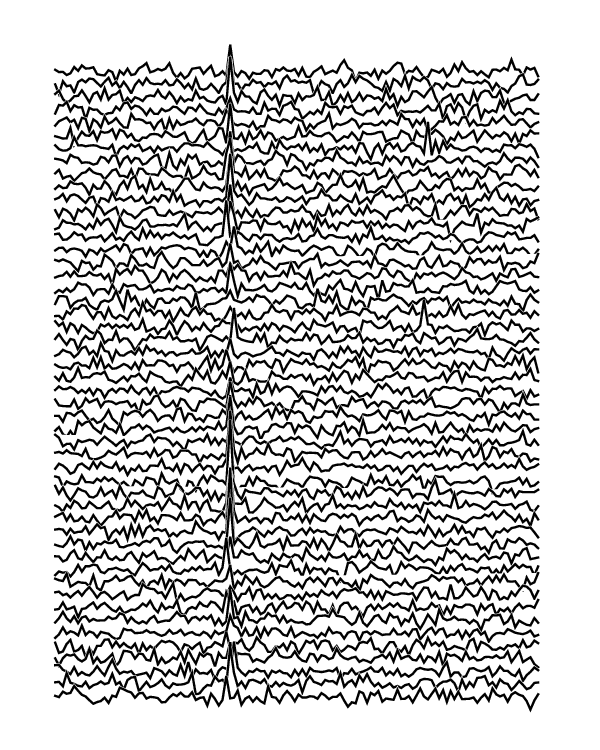Daily Image
20-09-2017Today's Colloquium: Multiwavelength Studies of Giant Pulses from the Crab Pulsar
| Submitter: | Natalia Lewandowska |
| Description: | Numerous studies of pulsars have been carried out, especially at radio wavelengths, since their detection 50 years ago. The Crab pulsar was one of the first pulsars discovered. Interestingly, the discovery was made via its single radio pulses which were later labelled as Giant Pulses. In the following years the regular emission of the Crab pulsar at radio wavelengths and gamma-rays was also discovered. The recent discovery of pulsed emission at energies above 1.5 TeV has led to new theoretical approaches. However, there is still a lack of self consistent models for the emission of radio Giant Pulses. To constrain future modelling efforts, a number of multiwavelength studies have been carried out. These studies were limited due to small collection areas or high energy tresholds which represent an obstacle because of the steeply falling spectrum of the Crab pulsar. As an extension of previous studies we carried out simultaneous observations of Crab pulsar Giant Pulses with the Effelsberg radio telescope, the Westerbork Synthesis Radio Telescope and the Major Atmospheric Imaging Air Cherenkov telescopes and show the correlation analysis and corresponding results in this talk. About the image: Radio Giant pulses represent an enigmatic form of single pulse emission. They occur non-periodically, only at certain phase ranges, have much higher intensities than regular single pulses, reveal power law intensity distributions and very high brightness temperatures. Discovered in the case of the Crab pulsar, nowadays a small group of pulsars is known to emit radio giant pulses. Their emission mechanism is still not understood. The present figure shows radio giant pulses from the Crab pulsar observed with the Effelsberg radio telescope at a frequency of 1347 MHz. Each line represents one rotation of the pulsar. The peak which is visible in each line represents one radio giant pulse which occurred at the phase range of the Main pulse. |
| Copyright: | N. Lewandowska |
| Tweet |  |
